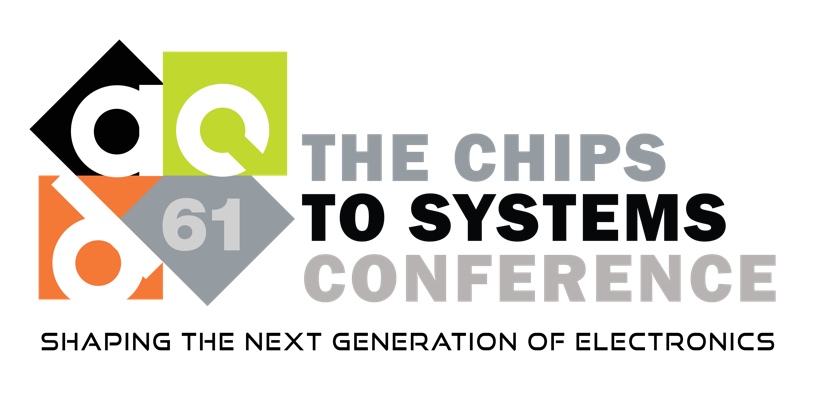Presentation
HPA: A novel IS-WS hybrid data flow for PIM architectures
DescriptionThe Processing-In-Memory (PIM) architecture becomes a promising candidate for deep learning accelerators by integrating computation and memory. Most PIM-based studies improve the performance and energy efficiency by using the weight stationary (WS) data flow. However, the activation movement is larger than the weight movement in some neural networks. In other words, activation movements may become the bottleneck for reducing latency and power consumption. There is a great potential to improve performance and energy efficiency by reducing activation movements. In this paper, we propose a Hybrid data flow PIM Architecture (HPA) that realizes the flexible combination of Input Stationary (IS) and WS data flow. To the best of our knowledge, this is the first hybrid data flow design for PIM architectures. The IS data flow replaces the convolution unrolling with selecting activations according to convolution windows. We also propose the parallel computing method and optimize the pipeline. Our experimental results and analysis demonstrate the potential of the HPA. The performance and energy efficiency of the HPA reaches 1.64GFLOPS∼ 63GFLOPS and 2.1TOPS/W∼ 151TOPS/W, respectively. Compared to the state-of-the-art design, the NEBULA, the HPA can significantly improve energy efficiency and performance by 22.1× and 7.8×, respectively, when deploying the MobileNet V1.
Event Type
Work-in-Progress Poster
TimeTuesday, June 256:00pm - 7:00pm PDT
LocationLevel 2 Lobby
AI
Autonomous Systems
Cloud
Design
EDA
Embedded Systems
IP
Security


